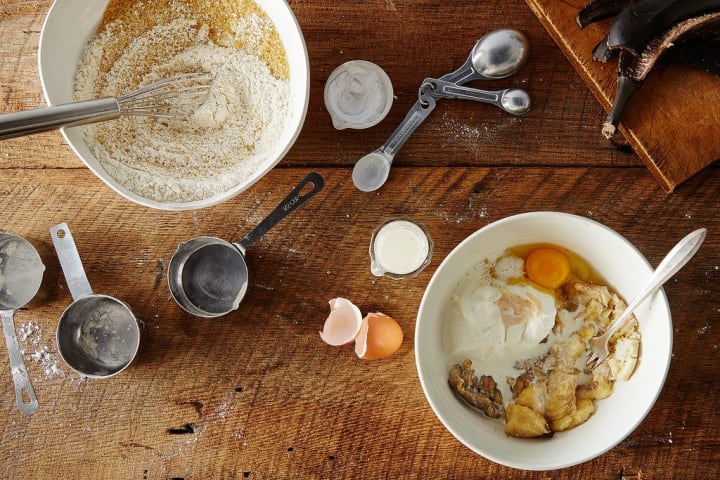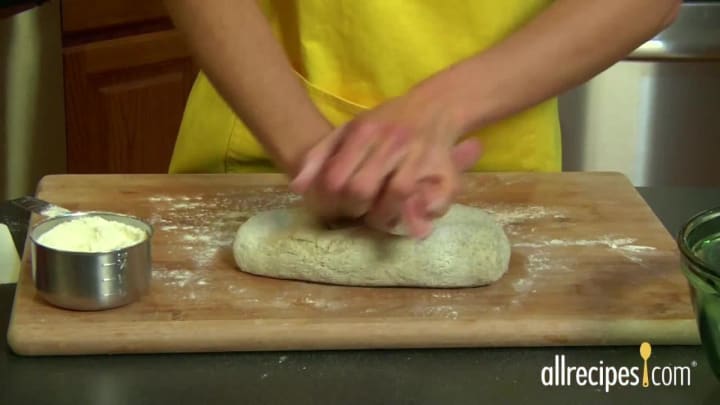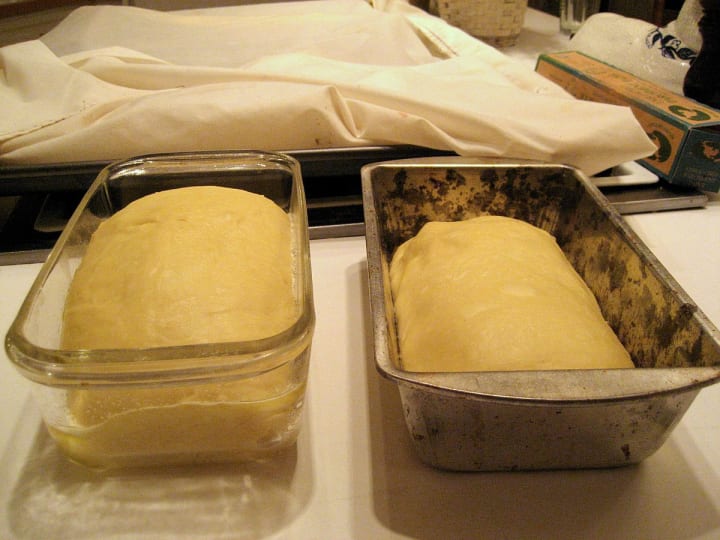Bake like the Best Knowing This...
Game Over for the Blank Stare...

I love a flavorful scone and muffin as much as the next person.
You know what else I enjoy? A vivid and tasty conversation on how the "baking heavens" (in plain words, your oven) made such a taste worthy baked pastry!
What sinks a conversation at the dinner party, like a fallen cake, is when you discover the tasty baked goods to be either store-bought or the recipe was remembered verbatim.
Remembering the recipe is great, but perhaps your guests want to cook together? Soon? One day? TOMORROW?
Understanding the basic baking essential tools can help you with your presentation and plating. Invest in time to learn a few basic baking terms to understand each baking practice.
I discovered baking every recipe is different. Reading the directions is just as essential as understanding what's required of a baker for every recipe.
Here's a list of a few terms that are used and found in baking recipes of all levels.
1. Beat

Whisk are ideal for morning meals or quick batters.
Recipes refers 'beat' to mixing ingredients using a whisk, electric mixer or food processor.
In the morning, I like to use a whisk for my eggs or liquid mixtures. I like to use a whisk because it's quicker than pulling out my electric mixer. It's easier and quicker for me to clean on busy mornings. A whisk is an easy baking tool to use when you need to beat, blend or combine a quick mixture.
Electric mixers and food processors are ideal for baking pastries such as cake and cupcake batters or kneading dough for breads, doughnuts or bagels.
Electric mixers and food processors durable for those tasty loaves of bread and scones in lesser time and easy to clean.
2. Combine

What makes food taste great? Combining the ingredients!
This is the easiest of hundreds of baking terms to remember.
Combine refers to mixing all the recipe's ingredients together.
Use a large kitchen for mixtures with soft foods like bananas or broccoli.
Whisks are ideal for dry or liquid mixtures.
Large spoons or rubber spatulas are useful for thick or creamy batters or mixtures.
3. Cream

Cream method is great for icings and pie fillings.
Learning to cream has been an interesting chapter in my foodie journey. I use to make many of my whipped icings and fillings by hand.
I appreciate traditional training, but my wrists were screaming for me to upgrade my baking machinery to make this intermediate skill easier.
To cream refers to beating a mixture until it is smooth, soft AND fluffy.
The cream method is easily understood with an electric mixer. It's faster and less time consuming.
4. Fold

Using the folding method allows for an airy and sponge like texture for cakes, donuts and muffins!
This is my favorite method to use to add an air like texture to my baking pastries without over mixing—folding!
This term refers to when you gently combine ingredients together without over mixing.
Using a rubber spatula is an ideal baking essential to have on hand for this method of mixing.
The slightly curved edges are great for gathering batter that land on the sides of your mixing bowl.
5. Grease/Flour

A tricky technique that confuses many beginners, but easy to master.
To grease your baking sheets and pans refers to spreading the bottom and sides of a pan with shortening to prevent sticking.
Use a pastry brush to evenly grease your cake pans.
Shortenings are available in various flavors. Be sure the shortening to grease your baking sheets and pans with pairing flavors.
6. Knead

Photo Courtesy allrecipes.com
Kneading is a technique used for pastries like doughnuts, breads and biscuits.
Kneading refers to massage and folding with your hands.
This technique works well on a floured surface with floured hands to prevent sticking.
7. Sift

Sifting your dry ingredients are essential!
If you're a lover of anything baked, this baking practice is essential to know just as well to not skip during preparation.
Sifting is essential for cakes, brownies, tarts, cookies - the list goes on and on.
Sifting is the process of passing dry ingredients through a mesh sieve.
This process is very important to the baking process because it allows all dry ingredients to be free of clumps or discarded ingredients.
8. Rise

(left to right): Rise in glass bread loaf vs. Rise in dark colored pan
Rise refers to the rest period given to dough after mixed or knead.
The 'rise phase' is commonly used for preparation to baking bread, homemade bagels, doughnuts and biscuits.
For the best results at home, I like to preheat my oven to about 200 degrees Fahrenheit for about ten to fifteen minutes. I place a [clean and] warm damp cloth atop. The warmth from the oven and cloth activates the yeast to rise.
Those gloves were made for baking...
You take their breath away with flavor popping pastries.
It's time for you to 'wow' your guests with the details on your master pieces like a professional you're inspired to be!
About the Creator
Ashley Terrell
Bestselling author. Entrepreneur. Seasonings and spices saved my life. Where sheep and angels share the same color. Newport News, VA. Conqueror and lover of all things Fine Arts.






Comments
There are no comments for this story
Be the first to respond and start the conversation.